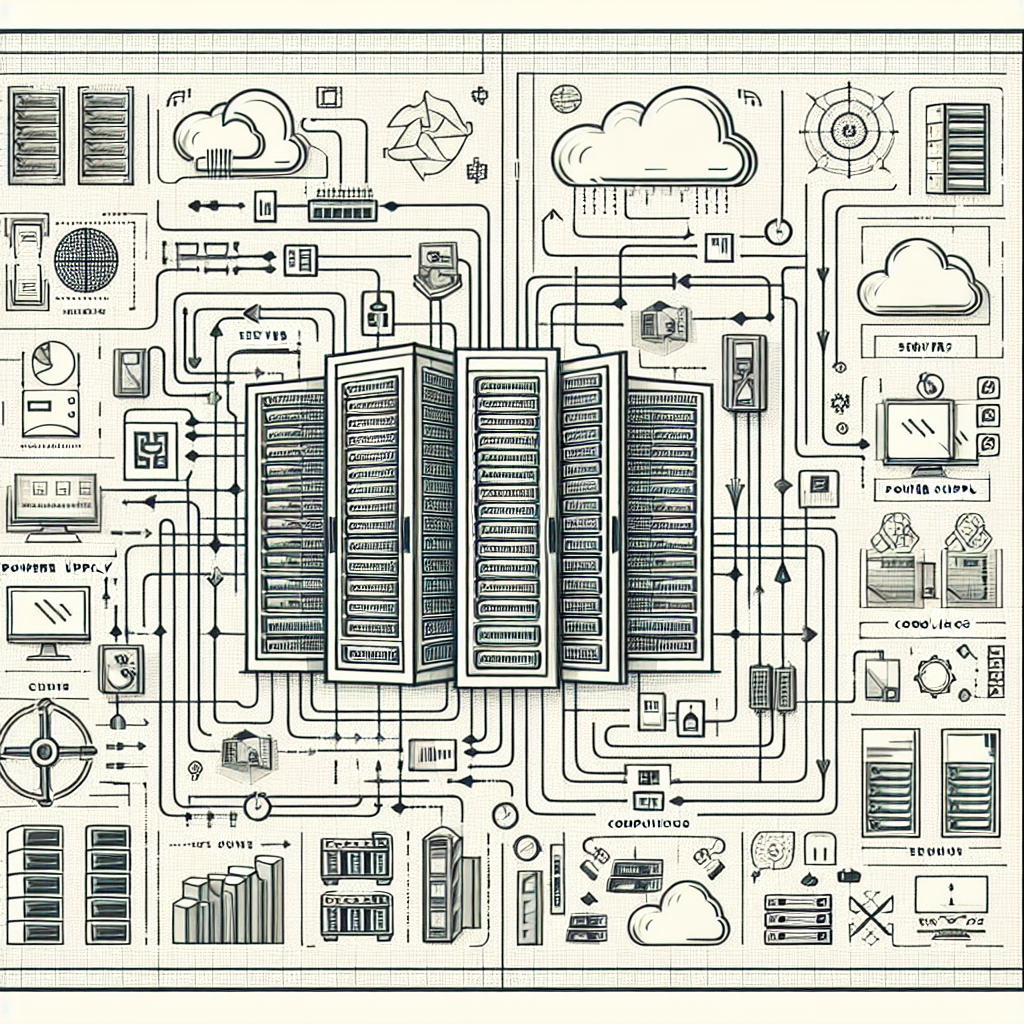In today’s technology-driven world, data centers play a crucial role in the operation of businesses of all sizes. These facilities house critical IT infrastructure and data that are essential for the day-to-day operations of organizations. However, with the increasing complexity and volume of data being generated and stored, the risk of data center disruptions and downtime is also on the rise. This is where a robust business continuity plan comes into play.
A data center business continuity plan is a comprehensive strategy that outlines the procedures and protocols to ensure the uninterrupted operation of a data center in the event of a disaster or other disruptive event. This plan is essential for minimizing downtime, protecting critical data, and ensuring the continuity of business operations.
Key Components of a Successful Data Center Business Continuity Plan:
1. Risk Assessment and Analysis: The first step in developing a business continuity plan for a data center is to conduct a thorough risk assessment and analysis. This involves identifying potential risks and vulnerabilities that could impact the data center’s operations, such as natural disasters, power outages, cyber-attacks, or equipment failures.
2. Business Impact Analysis: Once the risks have been identified, it is important to assess the potential impact of these disruptions on the data center and the organization as a whole. This includes evaluating the financial, operational, and reputational consequences of downtime and data loss.
3. Recovery Objectives and Strategies: Based on the risk assessment and business impact analysis, the next step is to establish recovery objectives and develop strategies to mitigate the impact of disruptions. This includes defining recovery time objectives (RTO) and recovery point objectives (RPO) for critical systems and data.
4. Backup and Recovery Procedures: One of the key components of a data center business continuity plan is the implementation of robust backup and recovery procedures. This includes regularly backing up data, testing backup systems, and ensuring that data can be quickly restored in the event of a disaster.
5. Communication Plan: Effective communication is essential during a data center disruption to ensure that all stakeholders are informed and updated on the situation. A communication plan should outline the roles and responsibilities of key personnel, as well as the methods and channels of communication to be used during a crisis.
6. Training and Testing: A successful business continuity plan also includes regular training and testing of procedures to ensure that staff are familiar with their roles and responsibilities and that systems are functioning as intended. This helps to identify and address any gaps or weaknesses in the plan before an actual disaster occurs.
7. Continuous Improvement: Finally, a data center business continuity plan should be a living document that is regularly reviewed and updated to reflect changes in technology, operations, and risks. Continuous improvement is essential to ensure that the plan remains effective and relevant in the face of evolving threats.
In conclusion, a successful data center business continuity plan is essential for ensuring the resilience and continuity of operations in the face of disruptions. By incorporating key components such as risk assessment, recovery objectives, backup procedures, communication plans, and training, organizations can minimize downtime, protect critical data, and maintain business continuity in the event of a disaster.

Leave a Reply
You must be logged in to post a comment.